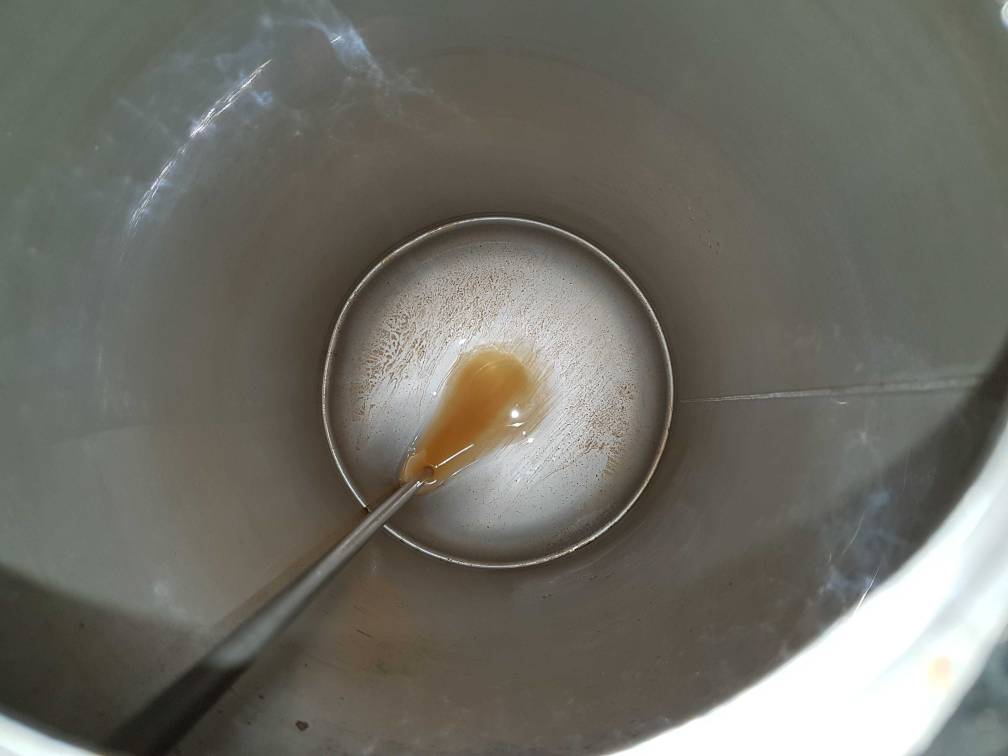Chris Grubb
Well-Known Member
- Joined
- Aug 21, 2018
- Messages
- 88
- Reaction score
- 18
Making the leap to a conical. Spike CF5 should be arriving tomorrow.
Curious as to how everyone handles their fermentation In conicals.
My plan is to transfer from boil kettle to conical. Aerate, pitch yeast, drain off Trub via dump valve after 3-5 days then let sit for another 3-5 days before cold crashing and pressure transfer to my keg.
Does that sound about right? Also, if dry hopping, would you dump trub then add DH during the 3rd day of fermentation and just dump off that trub before kegging or should you dump sooner than that? What if multiple DH additions are added?
Curious as to how everyone handles their fermentation In conicals.
My plan is to transfer from boil kettle to conical. Aerate, pitch yeast, drain off Trub via dump valve after 3-5 days then let sit for another 3-5 days before cold crashing and pressure transfer to my keg.
Does that sound about right? Also, if dry hopping, would you dump trub then add DH during the 3rd day of fermentation and just dump off that trub before kegging or should you dump sooner than that? What if multiple DH additions are added?






































![Craft A Brew - Safale S-04 Dry Yeast - Fermentis - English Ale Dry Yeast - For English and American Ales and Hard Apple Ciders - Ingredients for Home Brewing - Beer Making Supplies - [1 Pack]](https://m.media-amazon.com/images/I/41fVGNh6JfL._SL500_.jpg)




















